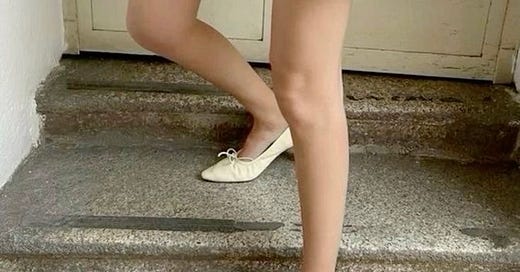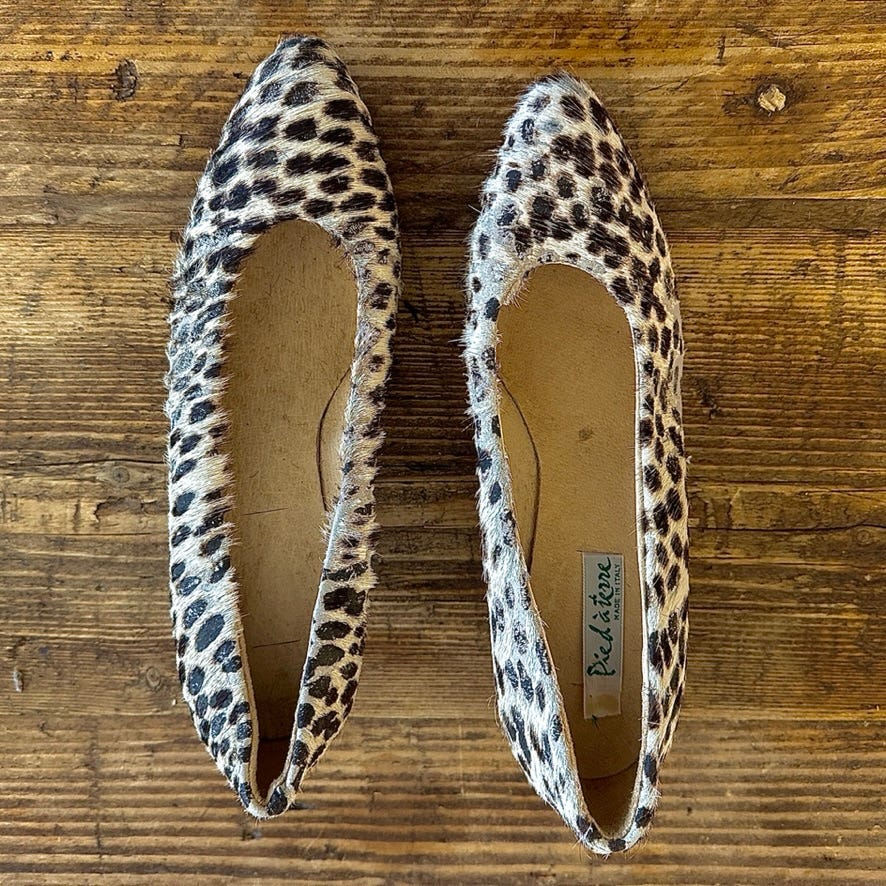My vintage kitten heels — acquired for free at a clothes swap — had softened with the passage of time. Nevertheless, I made a grave error last week and wore them out with little regard for their fragility. A day of cobblestones, tarmac, and a particularly malicious patch of ice proved too much, and by evening I was left tottering on two tragic little pins.
The pragmatic response might have been to cast them aside, to bid them a swift and unceremonious farewell. I had paid nothing for them, after all. With fast fashion as abundant as it is alarmingly inexpensive to acquire, it is a dilemma we know all too well. For many of us, when faced with a broken item, the path of least resistance is replacement.
In cases like this it can feel tempting to view cost in the narrowest possible terms — pounds and pence, pure and simple. If restoring a piece of clothing to its former glory, for instance, is no less expensive (or heaven forbid, marginally more so) than buying something new, the latter can seem the more sensible choice.
There is a cost, however, to the traders sifting through the detritus of our impulse purchases, to the planet, and to the hands that stitched, cut, and laboured over the new pair we so absentmindedly acquire. When viewed through this lens, the notion of replacing over repairing — if you can afford to — is, in fact, extravagance.
Given I have learned that there is no ‘away’ — only elsewhere — in the case of my broken heels, I found a service who came to collect them from my home, repaired them for £12, and returned them to me a couple of days later. As secondhand treasures so often are, those heels are irreplaceable. If disposed, they were to be gone for good, so repairing them brought me immeasurable joy.
More often than not, preloved pieces like my kitten heels rarely afford the luxury of a like-for-like replacement. They exist in perfect harmony with the culture of repair because they are imbued with a character that no off-the-rack equivalent could hope to replicate. When they break, we do not so much deliberate over mending as instinctively set about ensuring their survival.
With that said, I thought it was best to curate a list of some repair services I would recommend for those whose wardrobe is looking a little worse for wear. If you are based in the United Kingdom, I had my vintage kitten heels revived by ihateironing — they collected, restored, and returned them without a hitch — but Sojo and Make Nu offer the same door-to-door ease. The Seam (partnered with Net-a-Porter, no less) also connects you with skilled tailors and cobblers across the country and ships internationally, as does Save Your Wardrobe.
If you’re a Londoner like me, Sojo has set up shop on the third floor of Selfridges, offering in-store repairs for pieces too good to part with. They recently partnered with Arket at their Regent Street and Covent Garden locations too, but wherever you go, you’ll likely find your broken belongings are always in need of a second (or third, or fourth) lease of life. Happy mending!
Xo
Gracie, Founder of Worn




